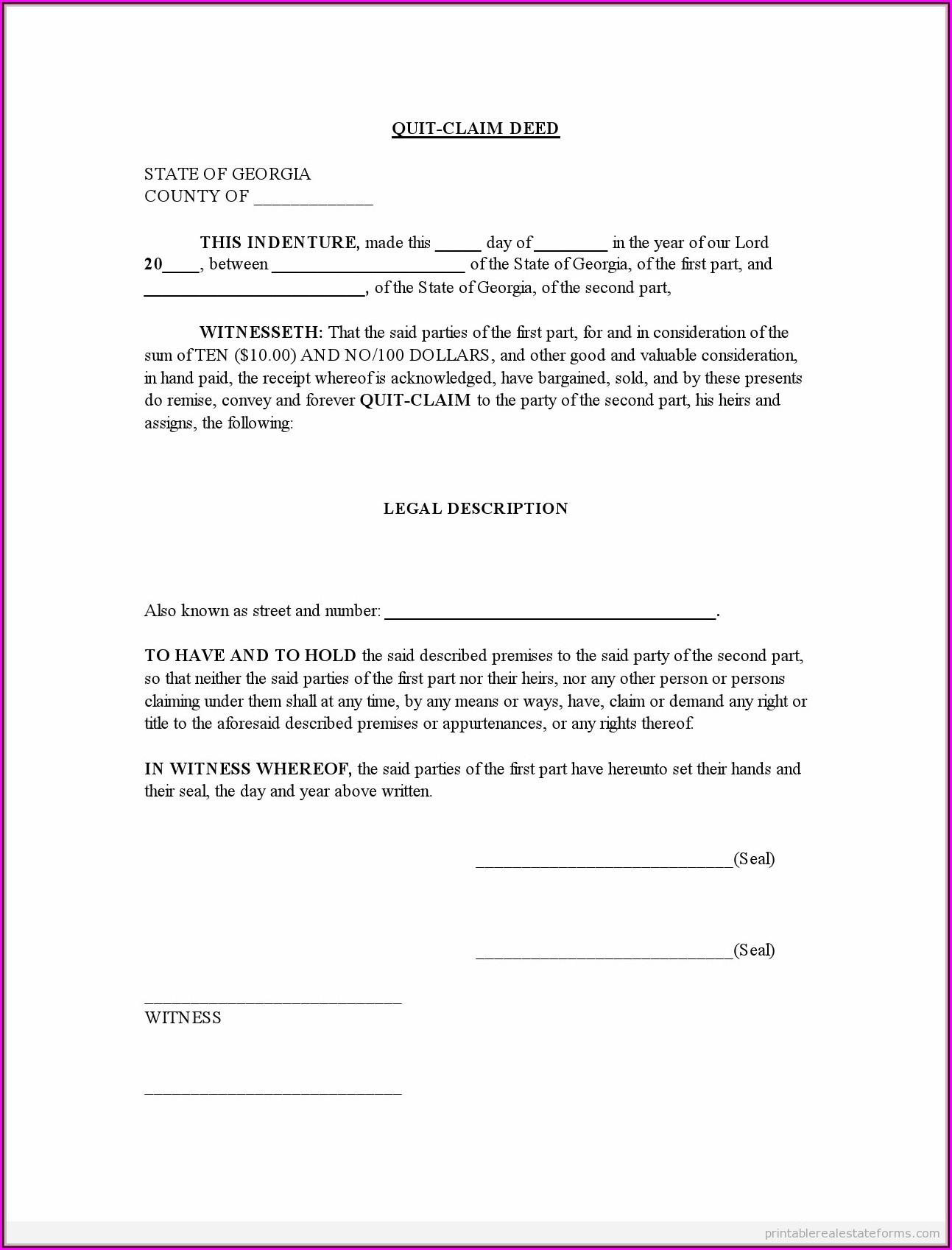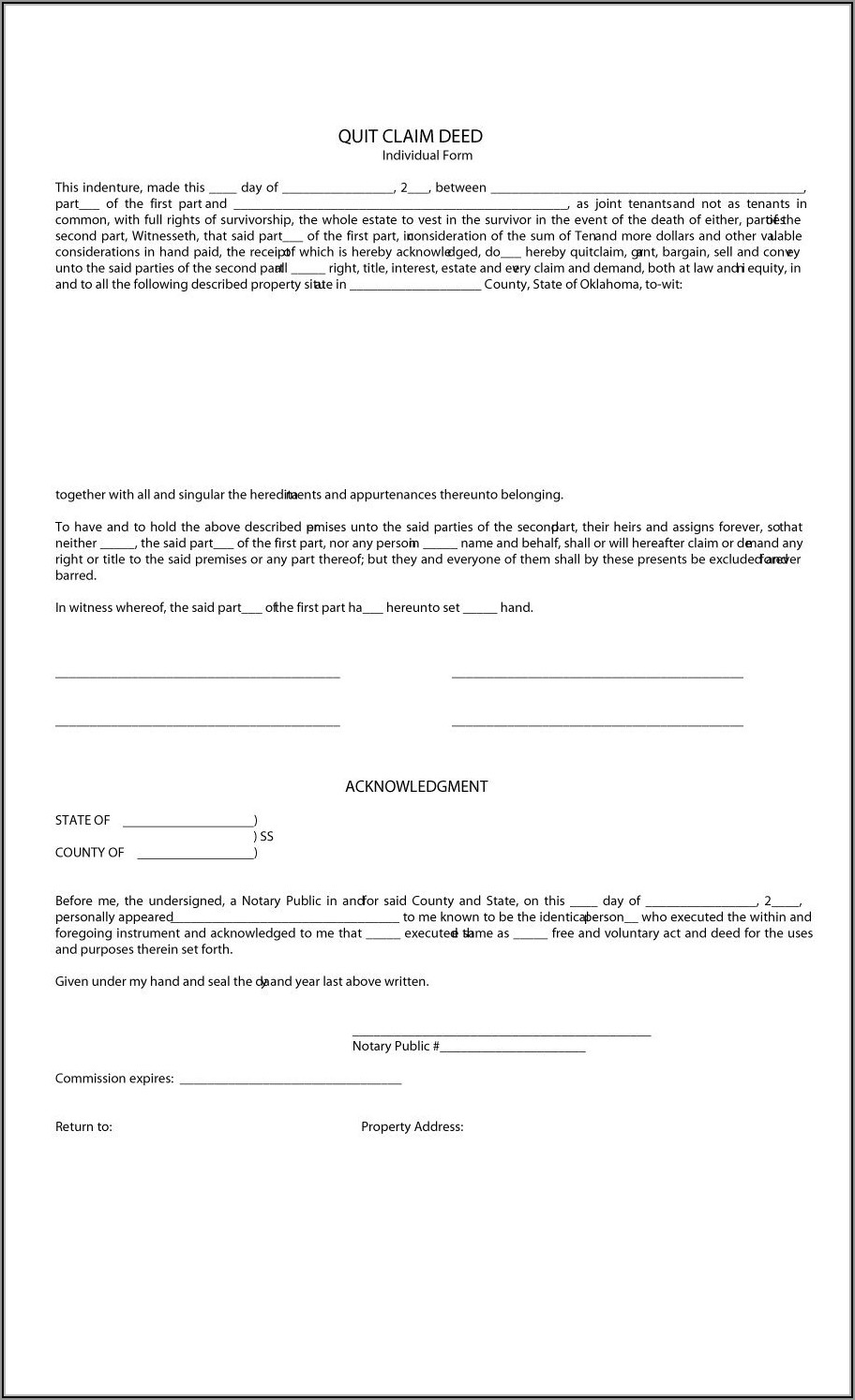

Minnesota Life Estate DeedĪ Minnesota life estate deed works like a TOD deed but with an important difference. 6 The owner retains the same right to sell or mortgage the property. 5 Minnesota TOD deeds are fully revocable while the owner remains living. 4 A property owner records a TOD deed during life, but the beneficiary receives no enforceable rights in the property until the owner’s death. Minnesota Transfer-on-Death Deed FormĪ Minnesota transfer-on-death deed form-commonly called a TOD deed-names a beneficiary who will receive real estate when the current owner dies. Estate planning deeds have names based on how they work rather than their warranties. What Types of Estate Planning Deeds Are Used in Minnesota?Įstate planning deeds let a property owner arrange for real estate to transfer outside probate when the owner dies. We’ll go over the options that are available in Minnesota and provide guidance on choosing the deed form that matches your goals. Questions about what Minnesota deed form is right for you?Ĭlick the link below to use our guided interview. The result is that the current owner and new owner share the risk of title problems-each party bears part of the risk depending on when a title problem arose.Ĭommercial real estate purchases are the most common setting for Minnesota limited warranty deeds. Issues from before the current owner took title are outside the scope of a limited warranty deed’s warranty. The current owner guarantees a good, clear title, but the guarantee covers only title problems that occurred while the current owner held title. Minnesota Limited Warranty Deed FormĪ Minnesota limited warranty deed form splits the difference between a quitclaim deed and a warranty deed. Residential property purchasers often take title under warranty deeds. Minnesota warranty deeds typically transfer real estate to an arms-length purchaser acquiring property for fair market value. The new owner can sue for breach of warranty to recover financial damages caused by problems with the property’s title-such as undisclosed liens. 2 The current owner bears all risk of title problems. A property owner who signs a warranty deed provides complete warranty of title-guaranteeing a good, clear title subject only to exceptions listed in the deed. Minnesota General Warranty Deed FormĪ Minnesota warranty deed form is the opposite of a quitclaim deed in terms of warranty of title. For example, a property owner might use a quitclaim deed to add a spouse to a deed, transfer property as a gift, or release rights in real estate under a divorce decree. Minnesota quitclaim deeds are a common choice for transfers involving no consideration-or value given in exchange-from the new owner. The current owner bears no risk, and the new owner cannot sue for breach of warranty if a quitclaim deed transfers a defective title. 1 Any problems with the title-such as undisclosed liens, boundary disputes, or adverse third-party claims-are the new owner’s responsibility. The new owner receives all rights, title, and interest the current owner holds in the real estate as of the date in the deed. The current owner does not guarantee that the property’s title is clear or that the quitclaim deed transfers a valid title.

Minnesota Quitclaim Deed FormĪ Minnesota quitclaim deed form offers no warranty of title.

Each of the three types offers a different level of warranty of title-the current owner’s assurance regarding the validity and status of the transferred title. Minnesota recognizes three basic types of deeds for transferring title to real estate to a new owner during the current owner’s life. What Types of Deeds Are Recognized in Minnesota? Just complete a user-friendly interview and get a customized deed that is attorney-designed to meet Minnesota recording requirements.


 0 kommentar(er)
0 kommentar(er)
